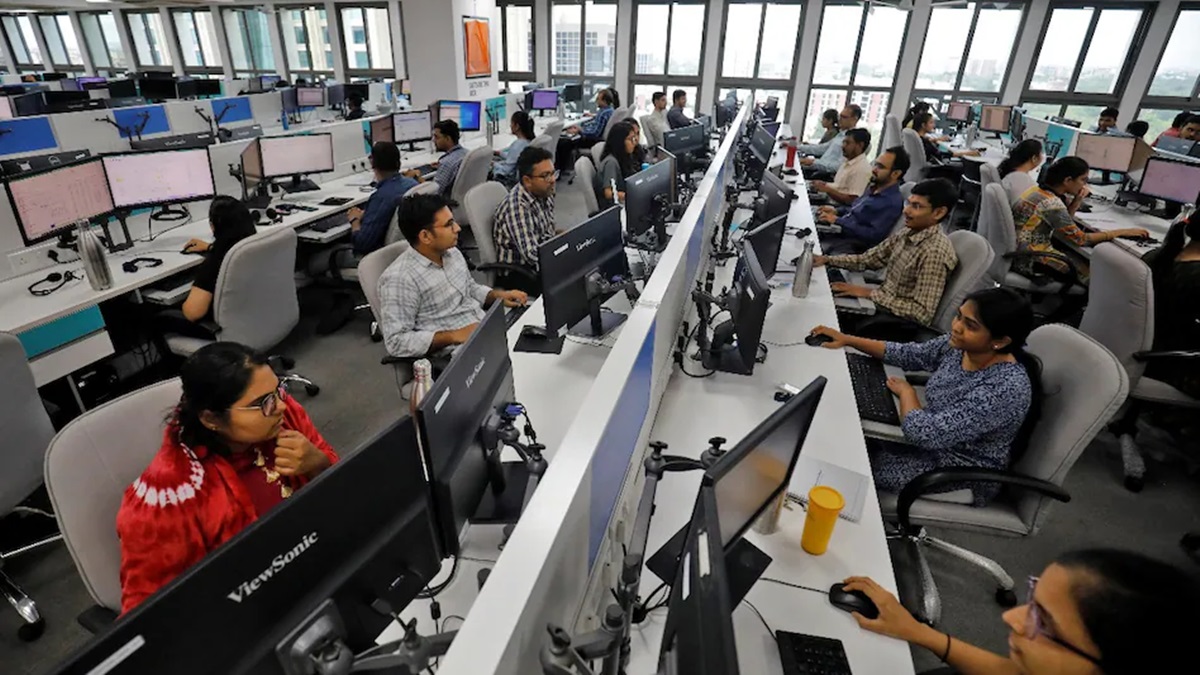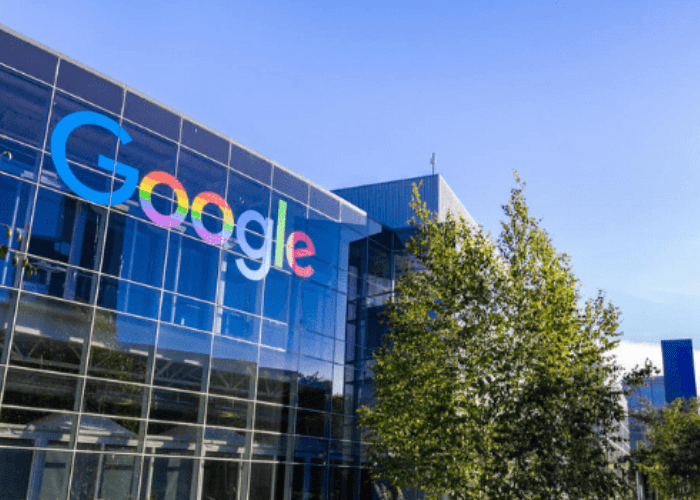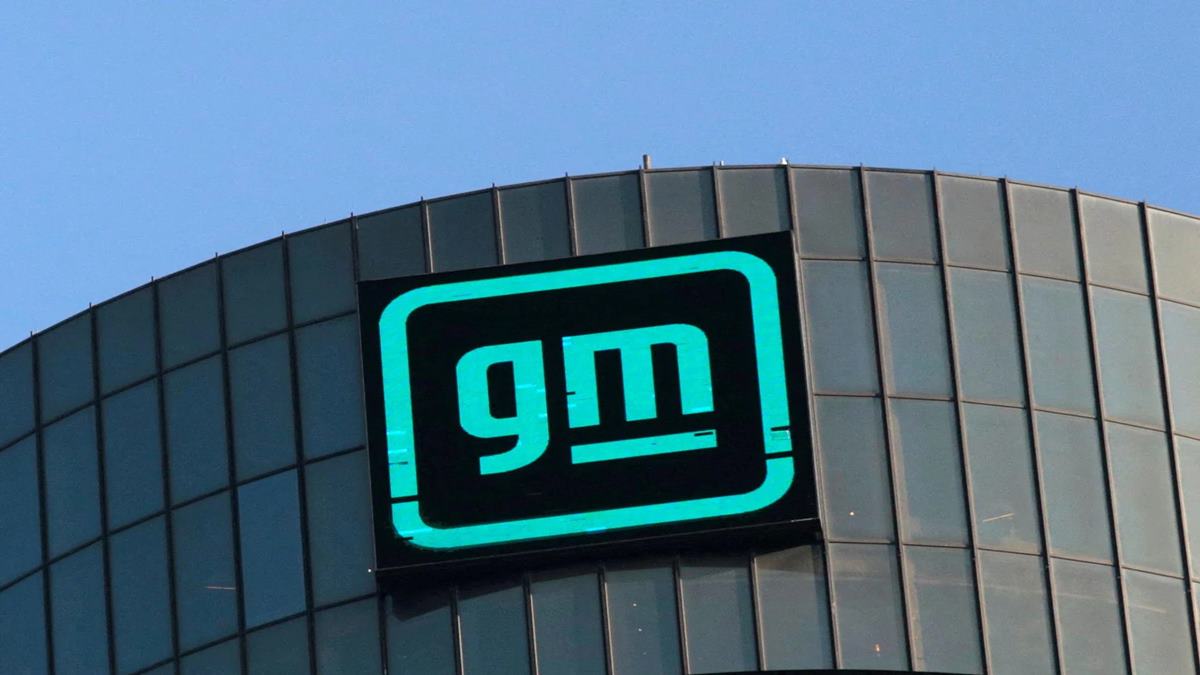Across corporate America, the message from the corner office is blunt: learn generative AI fast or be left behind. From professional-services giants to software firms, employers are weaving tools like ChatGPT, Copilot and in-house systems into everyday workflows—and signalling that those who cannot or will not adapt may face lower performance ratings, stalled careers or exits, the Wall Street Journal reported.
Accenture’s hard line
Accenture has trained about 70% of its roughly 779,000 employees in generative-AI fundamentals. But chief executive Julie Sweet told investors the firm is “exiting” people for whom reskilling “is not a viable path,” even as overall headcount is expected to grow in the 2026 fiscal year. The shift lands amid white-collar job cuts elsewhere: Amazon recently announced layoffs affecting roughly 14,000 roles, Target shed 1,800 corporate jobs, and IBM disclosed thousands of reductions, with executives tying decisions to AI.
Mandates with teeth
Some companies are moving from encouragement to enforcement. At enterprise-software company IgniteTech, leaders required staff to devote 20% of the workweek to AI experimentation and to share learnings on Slack and X. After employees self-assessed their usage, the company used ChatGPT to rank the results, added human review, and cut the lowest performers. The mandate reached into the executive ranks, with the chief product officer among those who left after pushing back on the approach.
Training first, strategy later
Even where firings are not explicit, the pressure is palpable. Employers are rolling out required classes, help desks and pilot curricula that teach prompting, workflow design and responsible use—then expecting employees to figure out high-impact applications. PwC has made AI training mandatory for new associate hires. McKinsey is prioritizing consultants trained in AI for some client projects and will assess how they make decisions with the technology. KPMG says people in HR are rated on how well they collaborate with AI in broader evaluations.
Why many workers still resist
Workers’ scepticism is not just fear. A Gallup survey found that more than 40% of US employees who don’t use AI say the main reason is they don’t believe it can help their work, while 11% cite not wanting to change how they work. Researchers at MIT who reviewed more than 300 enterprise AI initiatives found only 5% delivered quantifiable value. A big impediment, they reported, is that many tools still don’t learn from users’ past interactions, making a human colleague more useful for complex tasks.
Early wins and real redeployments
Where the technology is clicking, it is often in back-office functions. At Concentrix, attorneys use AI to redline contracts and flag unacceptable clauses, which the company says enabled redeployment of 10 lawyers to higher-value negotiations and litigation management. Purchasing teams compare bids with AI, while marketing teams template emails. The company’s chief product officer, hired from Amazon to drive adoption, says low-performing developers often turned out to be those refusing to adjust.
Hiring for “AI will,” not just skill
Some employers are now screening for attitude as much as aptitude. London-based Multiverse asks applicants how they use AI and sets tasks that require writing prompts. Internally, it awards £10,000 each quarter to the employee with the best AI use case, from automating paperwork that once took 30 minutes to building sales aides that generate customized briefings. The broader market is following suit: LinkedIn job postings requiring AI literacy rose 70% in the 12 months ended in July.
The human calculus
The breakneck pace creates risk for both sides. Executives who question rapid, across-the-board mandates argue the technology is still early and that missteps could hollow out teams before clear returns appear. Others counter that AI is existential—and that failing to transform could be fatal in the next cycle. For workers like a recently hired marketing lead who returned from travel to find every interview probing AI fluency, the reality is already here: demonstrate openness, show sound judgment, and yes—type it into Grok.
The bottom line
Bosses are turning AI from a curiosity into a competency test. In this reset, employees who embrace the tools, learn quickly and apply them to real business problems gain leverage; those who resist may find the market moving on without them.




















